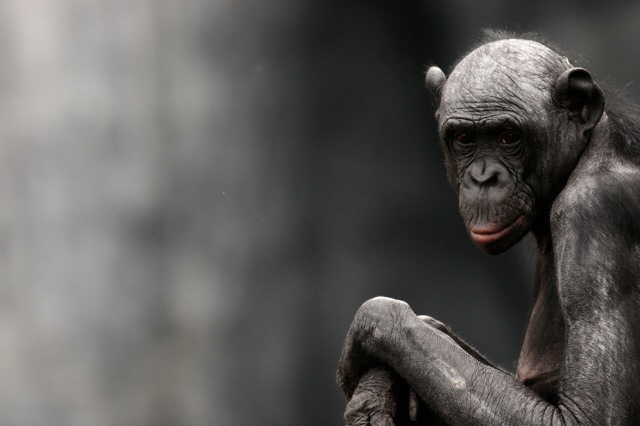Primate Conservation – Taking Action on Multiple Conservation Priorities at Once
In the field, primate online conservation can often mean taking action on several conservation priorities at once. The IUCN Red List and “Primates in Peril” reports are key sources of information for conservation decisions. Several primate species are only found in certain locations known as biodiversity hot spots. These areas typically host high levels of diversity, including endemic and genetically unique species. These sites are often considered priority areas for conservation and protection, and the protection of these areas can result in the conservation of large numbers of species.

The Conservation Evidence database is a useful resource for tracking the effectiveness of various conservation measures, including the creation of sanctuaries. The database also includes a listing of published research and interventions on primate conservation. The list contains information about the effectiveness of these efforts, including the number of primate species saved through the creation of these sanctuaries. Conservation evidence can also be helpful for those involved in the financial sector, where conservation funds may be needed to fund projects that protect threatened species.
Climate change is one of the biggest threats to primates, compounding and intensifying pre-existing threats. Earth temperatures have increased about 0.85°C since 1880, and each decade has been warmer than the last. This has profound consequences for biodiversity. For example, in Belize, howler monkeys suffered a population decrease after a hurricane that affected their habitat. This effect is felt most strongly in countries with large populations of these animals, including Madagascar.
Among the greatest threats to the health of primate populations are climate change and infectious diseases. Disease transmission is increasingly interconnected with global warming, and shifting temperatures and precipitation are both linked to human disease. As a result, many of these diseases occur during specific seasons and are associated with unseasonable weather conditions. One study found that 68% of outbreaks of waterborne diseases were preceded by 80% percentile precipitation events. This trend continues today.
In Indonesia, hunting is an enormous threat to primates. While historically, bushmeat has been a staple diet for many societies, modern economic development and the availability of shotguns has led to a marked increase in the commercialization of bushmeat. According to John Fa and colleagues, there are currently more than nine billion pounds of primate carcasses sold every year. They estimate that hunting for bushmeat could cause a 3% annual reduction in the population of these species.
For example, over the last decade, much research has been conducted on the role of human-primate conflict in the wild. For primates, these conflicts are often exacerbated by a lack of habitat, which limits their numbers. Human conflict and crop raiding also limit the number of healthy primates. However, these challenges can be overcome by promoting conservation efforts by collaborating with range-country nationals. This strategy can be sustainable, as it promotes local ownership of the species.
Unfortunately, however, there is a major lack of evidence on which conservation actions actually work. This lack of evidence has opened up many opportunities for primatologists to collaborate with national conservation bodies, governments, and funding institutions. Consequently, the global conservation effort is more urgent than ever. And because of the widespread threat of primate species, the global community should focus on conservation efforts. The evidence-based approach will help conservation managers to prioritize actions based on their effectiveness.